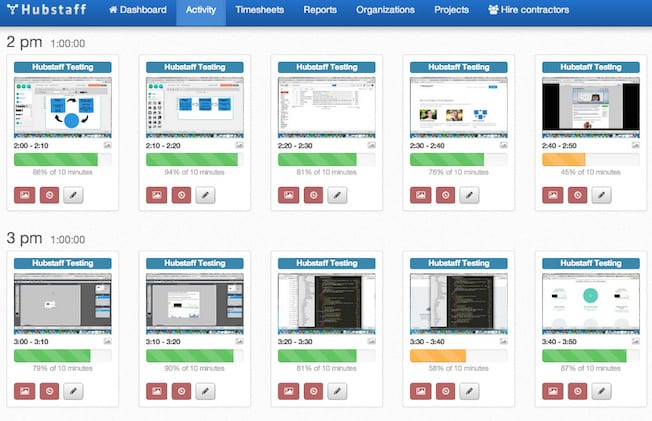This blog post will discuss what marketing in the metaverse entails. Stay tuned for more information!
Metaverse
Today, the metaverse refers to a shared virtual world in which virtual avatars represent users. These online worlds continue to develop and expand based on user choices and interactions within the framework. To that end, it resembles reality in that it has no “end.” It’s a universe that grows larger with each new user joining.
It is not a simple virtual theme park with a predetermined design in the middle, nor is it simply a children’s game. It isn’t either; it’s something more complicated. Metaverses are Internet-connected virtual universes that meld reality and the virtual realm.
The Key Characteristics of a Metaverse
If you’re having a problem covering your head around it, Matthew Ball has outlined the key features of metaverses:
- Metaverses are never inactive: Metaverses does not stop when you leave them or end. They continue without end.
- Players can exercise their own choices: Players can simultaneously engage in different tasks. One individual may just be standing still in the corner while others interact.
- The metaverse is a self-contained, fully functional paradigm: The metaverse is a full functioning universe that enables individuals to create, buy, sell, and invest in things. Users can also be acknowledged and compensated for their time in the metaverse.
- Various platforms are required: The metaverse may comprise many media platforms. For example, in video games, you should be able to transport goods from one game to another.
- User-generated content: Metaverses go beyond virtual hangouts. Users may generate material that others may also appreciate.
Marketing in the Metaverse
It’s critical for digital marketers to stay on top of new technological advances. It includes a thorough grasp of the metaverse and its limitless possibilities. Marketers should realize that the metaverse isn’t just a fashionable new concept; it appears to be here to stay, and it’s on its way to becoming the next big thing.
Real Life Marketing Parallel to Metaverse Marketing
Create marketing experiences linked to real-world events or replicate what your brand does in reality. In June, AB InBev’s Stella Artois beverage company teamed up with Zed Run to create a Tamagotchi-style experience complemented by the Kentucky Derby. It was done since Stella Artois is a major sponsor of horse races, so creating an online platform for non-fungible token (NFT) horses to be traded, raced, and bred makes sense as an initial step for them.
Other Unique Metaverse Examples
- Houzz is a home design company that allows customers to build digital photo galleries of their furniture and house objects. In 2017, they counted a 3D viewer that lets users see items in 3D through their camera and visually adds them into the user’s real-world environment.
- Google Maps has demonstrated an AR function of their walking instructions feature. This feature offers clear visual instructions and arrows to make it simpler for customers to find their way to their destinations.
Conclusion
To conclude, marketing in the metaverse is an exciting new frontier for marketers to explore. With endless possibilities and a growing number of platforms to choose from, the sky’s the limit regarding marketing in the metaverse. Start planning your metaverse marketing strategy today!
Need some great content for your marketing strategy? See what we have to offer at Content Refined here.


